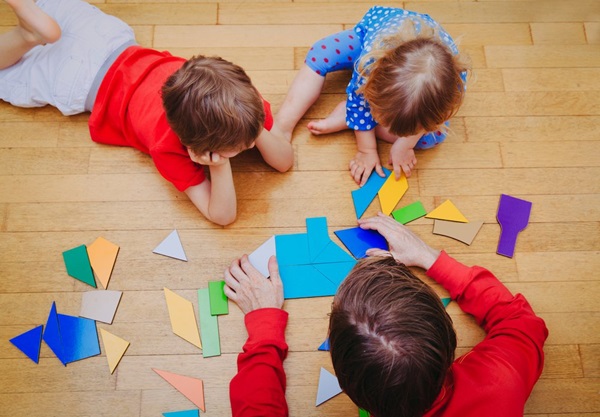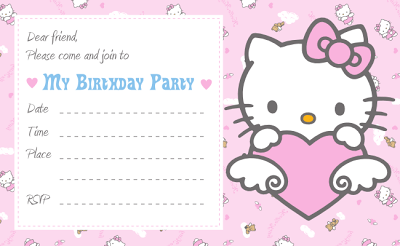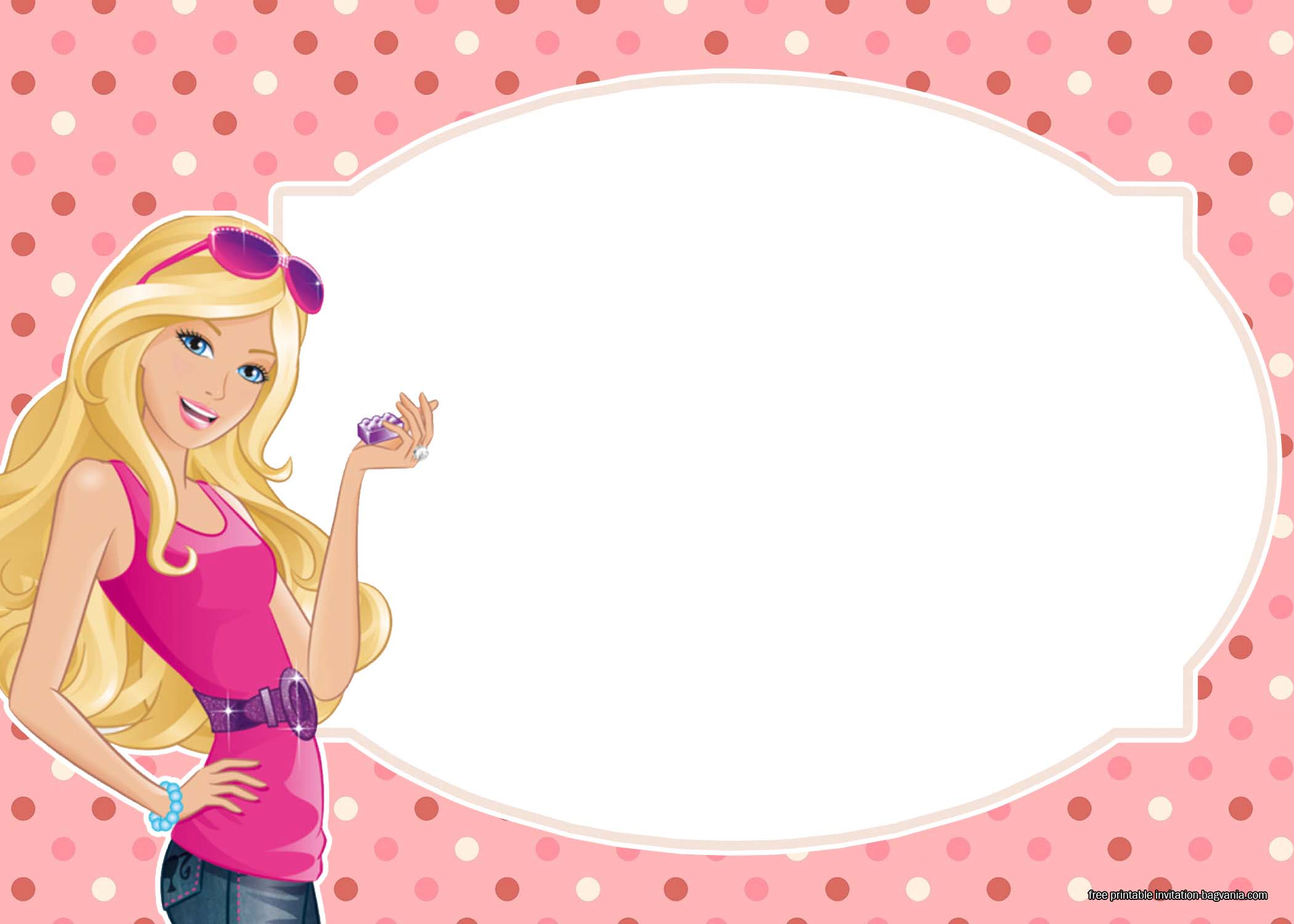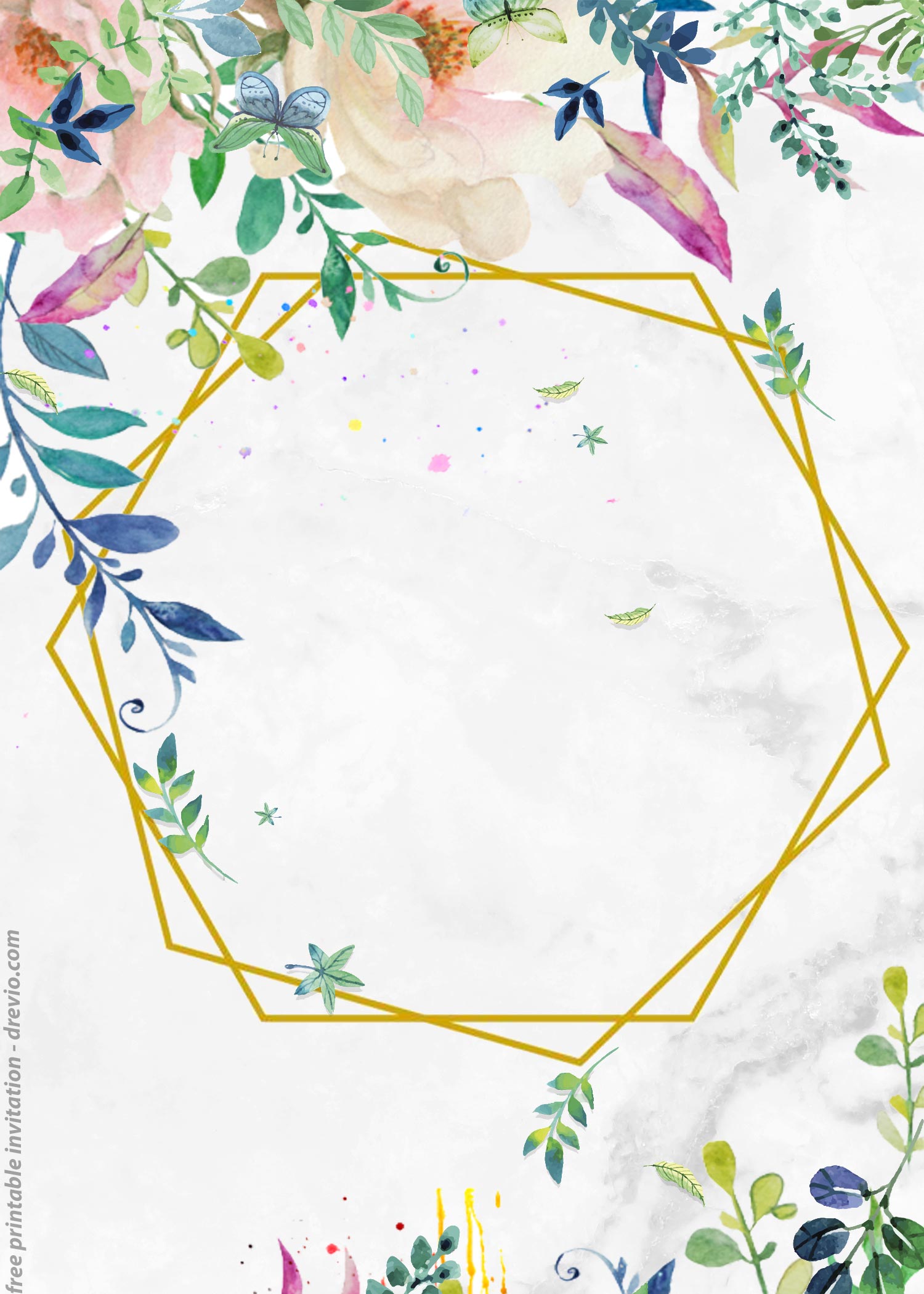Color the Shape is a simple yet engaging activity that offers children a fun and creative way to learn about shapes, colors, and early geometry. With just a few printed worksheets or drawing materials, children are invited to identify various shapes and color them according to instructions or their own imagination. This activity not only sparks joy through the use of vibrant colors and playful designs, but also builds a foundation for important cognitive skills such as shape recognition, color differentiation, fine motor control, and the ability to follow directions.
What makes Color the Shape especially versatile is that it can be enjoyed both individually and in a group setting. Children can work on their own to develop focus and independence, or join others in a classroom, playdate, or party environment to encourage social interaction and collaborative learning. Whether used as a quiet-time task at home or as part of a themed group activity, this enjoyable exercise offers both entertainment and educational value—making it a favorite among parents, teachers, and young learners alike.
Benefits of Engaging in Color the Shape Activity
Activities for children are not just about keeping them busy, some activities actually help them develop in so many different ways. Here are the benefits of Color the Shape activity worksheets for children:
-
Shape Recognition
Coloring different shapes helps children become familiar with basic geometric forms like circles, squares, triangles, and rectangles. Repetition through visual and hands-on engagement reinforces their ability to identify and name these shapes. This foundational knowledge supports early math and spatial reasoning skills. -
Color Identification and Matching
When children are engaged in Color the Shape activity, they practice distinguishing and naming colors. This strengthens their visual discrimination skills and helps solidify their understanding of color vocabulary. It also encourages them to follow instructions, which is essential for classroom readiness. -
Fine Motor Skills Development
Holding crayons or markers and coloring within the lines exercises small hand muscles and builds hand-eye coordination. These fine motor skills are important for writing, cutting, and other classroom tasks. The more children practice, the more control and precision they develop. -
Following Directions
Some Color the Shape worksheets that include instructions like “Color all the triangles blue” help children learn how to process and follow multi-step directions. This skill is crucial for academic success, especially in structured learning environments. It also encourages active listening and attention to detail. -
Creativity and Self-Expression
Even with guidelines, children often choose their own colors and ways to decorate shapes, allowing room for creativity. They enjoy expressing themselves through color choices and patterns. This sense of creative freedom boosts confidence and emotional development. -
Focus and Concentration
Completing a coloring worksheet requires children to stay engaged with a task from start to finish. This builds their attention span and ability to concentrate on a single activity. These focus skills are important for both academic and personal growth. -
Early Math Concepts
Children begin to grasp early math ideas like sorting, grouping, and comparing as they work with shapes and colors. For example, they may notice patterns or differences in shape sizes. These early observations lay the groundwork for more advanced math learning.
Color the Shape Worksheets for Children
1. Basic Shape Coloring Worksheets
These Color the Shape worksheets feature simple geometric shapes such as circles, squares, triangles, and rectangles that children are instructed to color. Often paired with color cues (e.g., “Color all the triangles red”), this activity helps preschoolers and kindergartners—typically ages 3 to 5—learn both shape names and basic colors. It’s fun because it lets children interact with bold, clear visuals and use bright crayons, while also being educational by reinforcing shape recognition, color matching, and direction-following skills.

2. Mixed Shape and Color Code Worksheets
These worksheets introduce a color key or legend (e.g., “Red = Circle, Green = Triangle”) and ask children to apply it correctly across a page full of varied shapes. Ideal for kindergarten and early elementary students, typically ages 5 to 7, this activity adds complexity by requiring children to cross-reference a code as they work. It’s both challenging and enjoyable, helping to enhance logical thinking, visual scanning, and memory skills, all within a colorful, hands-on task.

3. Color the Different Shape (with Real-Life Objects)
These worksheets feature illustrations of real-life objects—such as a circular clock, rectangular door, triangular slice of pizza, or square gift box—alongside simple instructions like “Color all the circles blue.” Aimed at children ages 4 to 7, this type of worksheet bridges the gap between abstract shape learning and everyday experiences. It’s especially fun because children get to recognize and color familiar things from their environment, making learning feel more meaningful and exciting.
Educationally, these worksheets help children connect geometric shapes with the world around them, reinforcing shape vocabulary and real-world associations. They also support critical thinking and visual analysis, as children learn to identify shapes not just as isolated figures but as part of the objects they see daily. This real-life context adds depth to shape learning and makes it easier for children to retain the information long-term.

4. Color the Shape Based on Its Properties
In this more advanced version of the activity, children are asked to color shapes according to their attributes—for example, “Color all shapes with four sides green” or “Color all shapes with equal sides blue.” These worksheets are best suited for children ages 5 to 8, especially those in kindergarten through early elementary grades who are beginning to understand geometric properties beyond just names. Instead of focusing only on visual recognition, kids are encouraged to analyze features like number of sides, side lengths, and angles.
This activity is both intellectually engaging and visually rewarding. It promotes deeper understanding of geometry concepts by helping children learn to classify shapes based on their defining traits. The coloring element keeps the task light and enjoyable, while the thinking involved develops logical reasoning, problem-solving, and critical comparison skills—making it a strong bridge between early shape recognition and foundational geometry learning.

5. Color the 3D Shapes
For older children, you can even help them learn about 3D shapes with this activity. Once they have mastered their 2D shapes, you can start introducing the concepts of cubes, cuboids and cylinders, and how these shapes can be found everywhere! You can head to Fun Math with 3D Shapes Activity Worksheets where you can find simple yet fun 3D shapes activity worksheets to help your developing learners build strong geometrical and mathematical foundations.
Making It a Fun Group Activity
Color the Shape activities can be a lot of fun in a group gathering like parties or playdates! They offer a low-prep, low-mess way to keep children engaged while also sneaking in a bit of learning. You can easily turn the worksheets into a playful game—such as a coloring race, shape scavenger hunt, or group challenge—where kids are asked to find and color specific shapes first. These group dynamics add excitement and friendly competition, encouraging social interaction, teamwork, and communication. Plus, with the variety of worksheet themes and formats available, it’s easy to match the activity to the party’s theme or age group, making it a fun and enriching part of any playdate or celebration.
Here are some really fun and easy ideas on how to turn the Color the Shape activity worksheets into dynamic games that can be played by everyone:
1. Shape Detective Race
Give each child a worksheet filled with various shapes (or objects with hidden shapes) and a list of clues, such as “Find all the shapes with three sides” or “Color only the circles red.” Set a timer and see who can correctly complete the challenge the fastest. This game encourages quick thinking, shape identification, and careful coloring—adding a playful, competitive twist to the learning.
2. Mystery Color Code Game
Before the activity, secretly assign a color to each shape (e.g., triangle = green, square = yellow), and place the key in an envelope or hidden spot. Children work in small groups to color the worksheet based on the clues you give one at a time, like “The shape with four equal sides is yellow.” This game is great for teamwork, problem-solving, and reinforcing shape properties.
3. Color-and-Pass Challenge
Each child starts with a shape coloring worksheet and colors one or two shapes before passing it to the person on their right. The process continues until all shapes are colored. The final results are often colorful and collaborative, and children love seeing how the page evolves. It’s a great game for promoting sharing, cooperation, and surprise-filled fun.
Free Invitation Templates
To make planning even easier and more fun, you can use free printable invitation templates to invite friends to your Color the Shape-themed playdate or party. These templates come in a variety of cheerful and kid-friendly designs, often featuring shapes, crayons, or creative doodles that match the activity perfectly. Many websites offer customizable options where you can add your own event details before printing or sending them digitally. Using themed invitations not only builds excitement for the event but also sets the tone for a playful, creative gathering full of hands-on learning fun. Start by heading to these links below:
- 10+ Artistic Geometric Shapes Birthday Invitation Templates
- 8+ Funny Emojis Birthday Invitation Templates

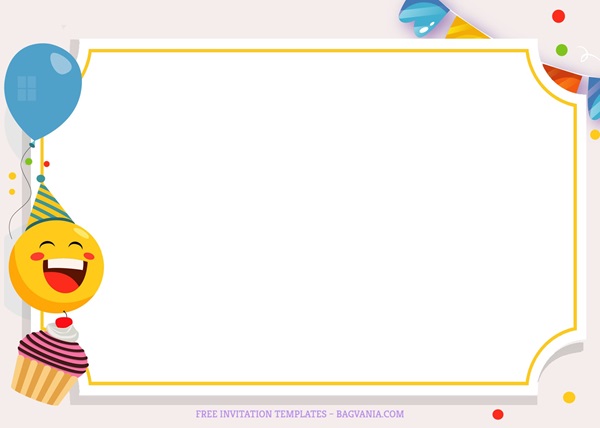
Final Thoughts
Color the Shape activities offer a perfect balance of fun and learning, making them a valuable tool for early childhood development. Through simple yet engaging worksheets, children can explore basic geometry, practice color recognition, and develop important fine motor skills—all while enjoying a creative and calming task. Whether the focus is on identifying shapes, following color codes, or observing real-life objects, these activities help build a strong foundation for math and visual thinking in an accessible, enjoyable way.
What makes Color the Shape even more special is its flexibility—it can be done independently or turned into a lively group activity for parties, playdates, or classroom settings. With the addition of fun game ideas and themed invitation templates, it’s easy to turn a simple learning worksheet into a joyful shared experience. By blending education with playful exploration, this activity encourages children to learn, create, and connect—all at the same time.
